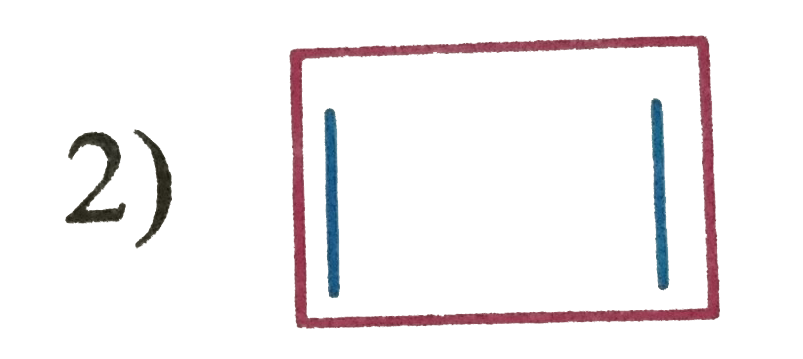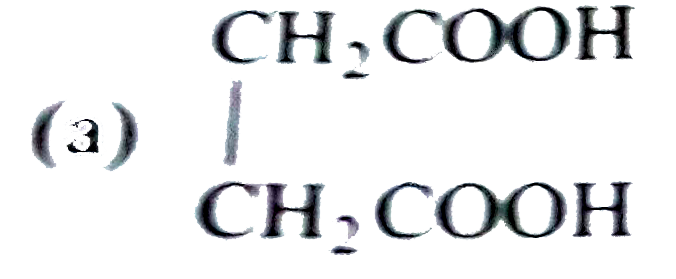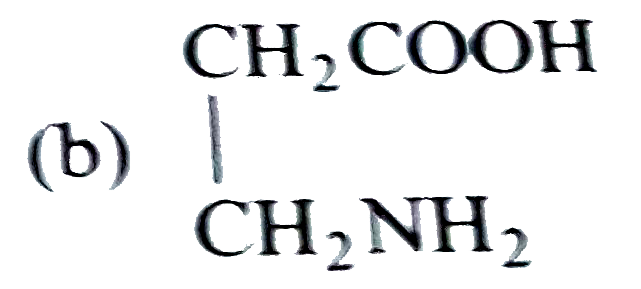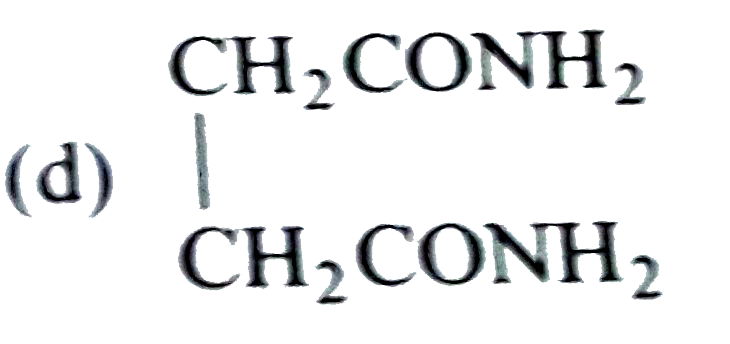Four structures are given in option (1) to (4). Examine them and select the aromatic structure.
A

B

C

D

Video Solution
Text Solution
The correct Answer is:C
(4n+2)π-Huckel rule
|
Updated on:21/07/2023
Topper's Solved these Questions
- BOOK - NARAYNACHAPTER - BENZENEEXERCISE - Level-417videos
BENZENE
- BOOK - NARAYNACHAPTER - BENZENEEXERCISE - Level-1 (H.W)11videos
BENZENE
- BOOK - NARAYNACHAPTER - BENZENEEXERCISE - Level-2 (CW)9videos
BENZENE
- BOOK - NARAYNACHAPTER - ATOMIC STRUCTUREEXERCISE - All Questions685videos
ATOMIC STRUCTURE
- BOOK - NARAYNACHAPTER - CARBONYL COMPOUNDSEXERCISE - LEVEL -VI99videos
CARBONYL COMPOUNDS
Similar Questions
Knowledge Check
- Question 1 - Select One or More
Four structures are given in options (a) to (d) . Examine them and select the aromatic structures.
A B
B C
C D
D
- Question 2 - Select One
Succinimide when subjected to Hofmann bromamide reaction gives a compound having one of the given structures. Select the correct structure:
A B
B C
C D
D
- Question 3 - Select One
Figure 19 .1 7 shows human urinary system with structures labeled A-D. Select the option which correctly identifies them and gives their characteristics and/or functions.
 AB → Pelvis → Broad, funnel-shaped space inner to hilum, directly connected to the loop of Henle.BC → Medulla → The inner zone of kidney and con- tains complete nephrons.CD → Cortex → The outer part of kidney and does not contain any part of nephrons.DA → Adrenal gland → Located at the anterior part of kidney. Secretes catecholamine which stimulates glycogen breakdown.
AB → Pelvis → Broad, funnel-shaped space inner to hilum, directly connected to the loop of Henle.BC → Medulla → The inner zone of kidney and con- tains complete nephrons.CD → Cortex → The outer part of kidney and does not contain any part of nephrons.DA → Adrenal gland → Located at the anterior part of kidney. Secretes catecholamine which stimulates glycogen breakdown.
Examine the US hegemony as a structural power.
View SolutionThe three structural formulae A, B and C are given here. Identify them and select the correct option.
 View Solution
View SolutionResonance energy will be more if
(a) canonical structures are equivalent than if canonical structures are non-equivalent.
(b) molecule is aromatic than if molecule is not aromatic.View SolutionThe three structural formulae A, B and C are given here. Identify them and select the correct option.
 View Solution
View SolutionGiven figures (i), (ii), (iii) and (iv) represent certain parts/structures of animals. Identify the pairs of structures that are analogous to each other and select the correct option.
 View Solution
View Solution

